case study
3. Unified orchestration solution to support network virtualization and cloud technologies.
Challenge, Context, Problems to be solved
- A leading Telecom operator was in the midst of a large scale project to create a single unified orchestration solution to support their network virtualization and cloud technologies.
- The project aimed to deliver the benefits of automation, digitization and simplification in the mobile core and the B2B domains.
- By implementing Network-as-a-Service (NaaS), it will enable them to offer on-demand, cloud-based network services to enterprises, thereby achieving those objectives.
Mission, tools and methodology
The operator's sales process for enterprise services was highly manual, with OSS, BSS and the network remaining separate islands in the business. This impedes agility, slows innovation and drives operational costs higher than necessary.
The operator's focus for business services up to this point had been the sale of traditional connectivity products to large enterprises, such as VPNs over IP-MPLS and bandwidth-on-demand. But to successfully extend their business offerings to mid-sized enterprises, SMBs and even SOHOs, they understood they would need to cut both time to market and the high cost of service innovation.
This would require automating existing lengthy manual processes for introducing connectivity and mobile core applications. An additional objective was to create new revenue streams and increase customer stickiness. To achieve this, I worked to introduce virtualized and cloud-based offerings, including network-as-a-service like software-defined WAN (SD-WAN), virtualized CPE (vCPE), security and other value-added services (VAS).
This operator was using Huawei for EPC and IMS in the mobile core as well as for all core VNFs and hardware for NFV infrastructure. An NFV solution that orchestrates the mobile core, including vEPC, vIMS and hardware, to automate operations as well as to ensure full integration for assurance systems was designed.
In addition, technical expertise and project management for integration of all the different components required for the successful implementation of the project were provided.
Achieved results
The NFV solution driven by the NFV orchestration platform also supported the operator’s plans to introduce network as a service (NaaS) to offer on-demand, cloud-based network services for business customers from an array of network software providers. In return, customers benefited from self-service portal and digital marketplace with integrated management, ordering and end-to-end orchestration.










